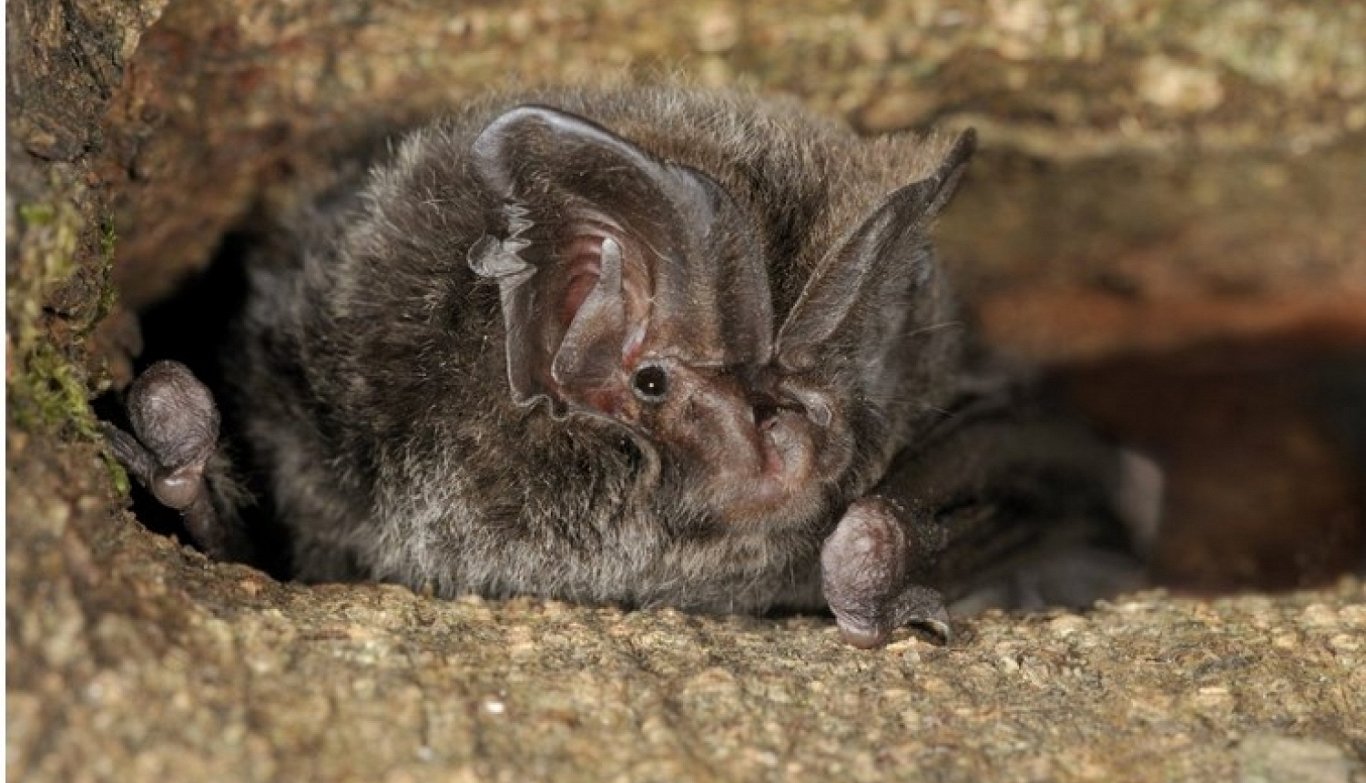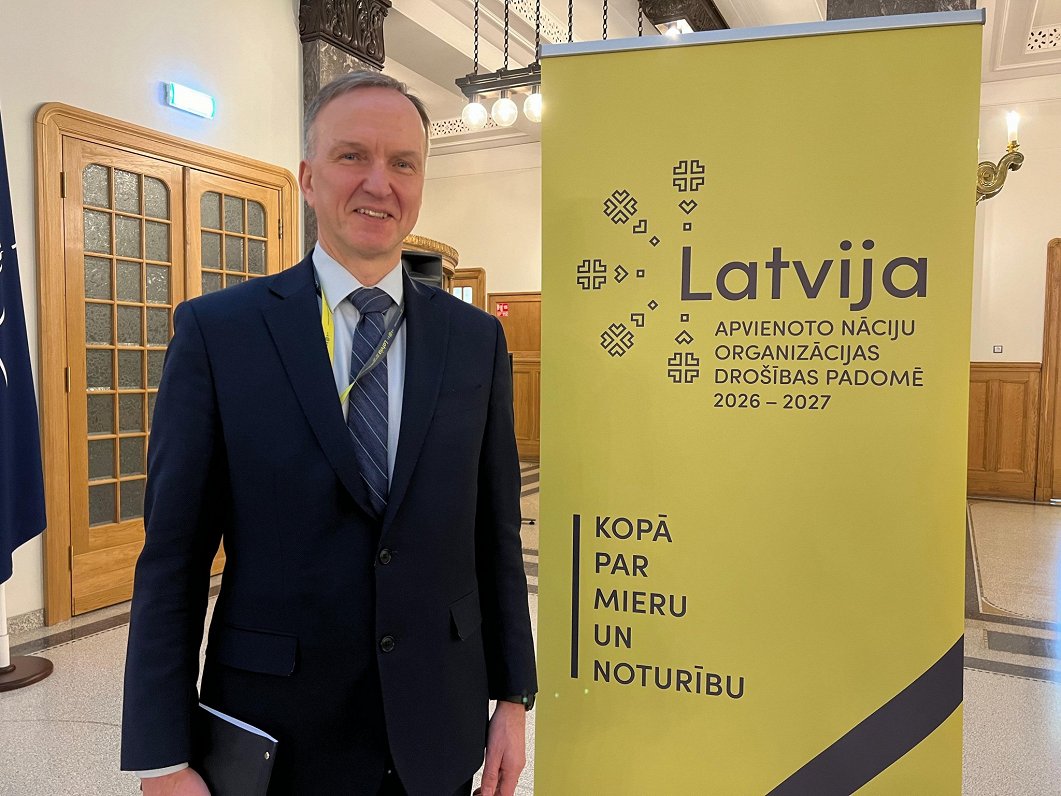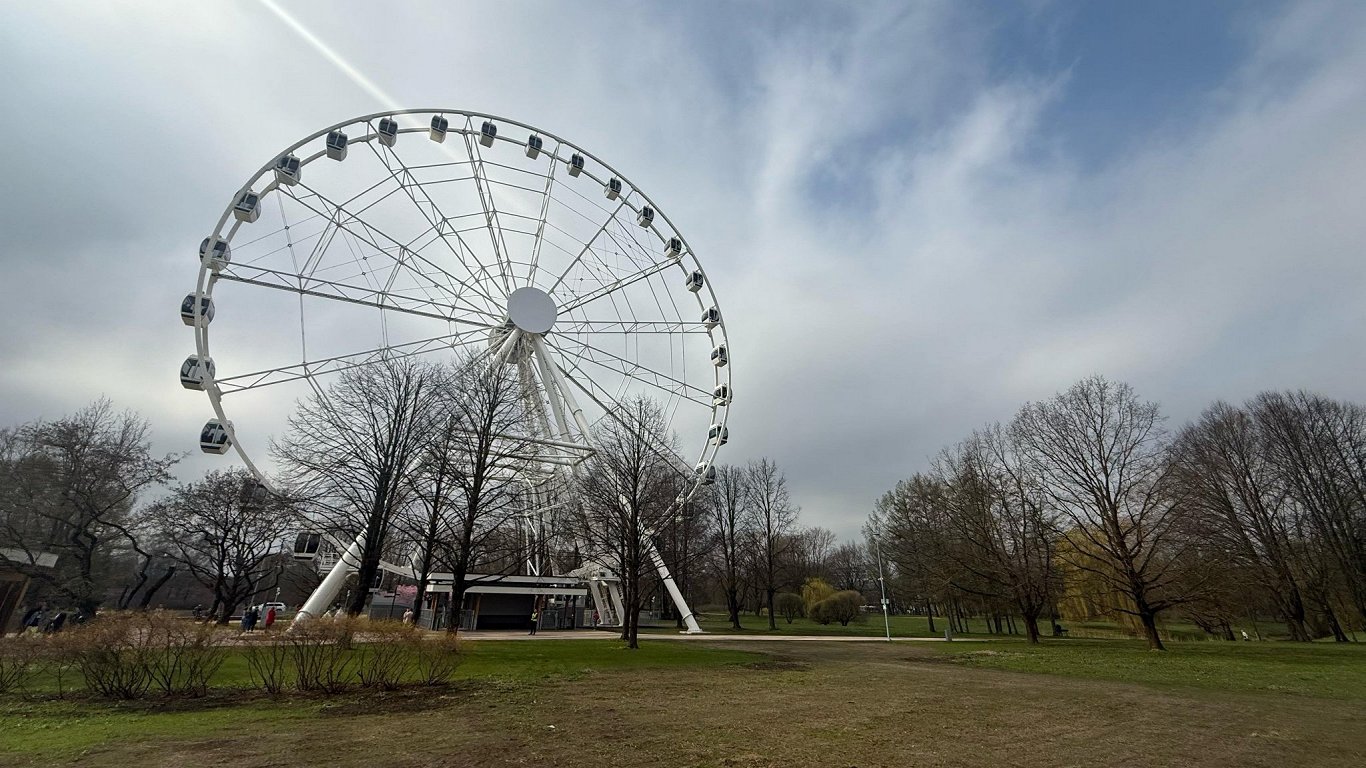A new nature conservation area has been established in Latvia for the rare Western barbastelle. Researchers estimate that the population of these bats in Latvia is only about 200-500 and that there is at least one local population in the Koknese-Pļaviņas area. The species’ habitat in this area will be protected over an area of about 18 thousand hectares, Latvian Radio reported on December 9.
Bats hunt at night, but during the day they sit behind the dead bark of pine trees, which are available for a relatively short period of time – 2-3 years. This means that these bats need old wood in their habitats.
“If all the trees are the same age, including planted trees, and there is no turnover, there is simply nowhere for these bats to be. In very old forests, they don’t even need these dead pine trees because, say, a very old pine tree has very deep cracks in the decayed bark and there are natural hiding places.
“But in our forests, unfortunately, there are very few trees that old. In central Europe, barbastelles live mostly in broad-leaved forests, and in our case, these old broad-leaved trees are in parks, they are old oaks, old linden trees, where there are cracks and hiding places of various kinds, but they are small areas, which are obviously not enough for this species, they need more,” says bat researcher Viesturs Vintulis.
What does the Western barbastelle look like?
“He’s dark brown, I have the impression that he has a little bit of a purple tinge to him. The main way to distinguish him is by his big ears. He has wide triangular ears that come together on his forehead. And if you see his snout up close, he looks like he has run into a wall, because his nose is completely flat,” says the researcher.
The European barbastelle is a rare bat species that hibernates in Latvia and is at the limit of its range here, as it has not been recorded further north, for example in Estonia. In Latvia, the population of the bat is only around 200-500 individuals, and studies in recent years have concluded that there is at least one local population in the Koknese-Pļaviņas area. The researcher also shows the bats’ favorite hibernation site in the Odziena Manor complex, where they hibernate in the empty cellars of the neo-Gothic castle.
“This species is quite hardy. The cellars where we find them, including these cellars in the manor, are quite cold. In winter there is even ice inside, and the barbastelle can overwinter in these conditions. [..] He can’t sleep properly if it’s too warm. But the moment the temperature drops so much that he can’t stand it outside anymore, but has to go underground, then he goes inside.
“I think that maybe some of the bats are definitely down there now too. Then they go to sleep there and basically stay there until spring. And then we also looked for them in the surrounding forests and put transmitters on them, and then it turned out that they live around here in the forests as well, and come out apparently in summer to feed here in the parks and other places where there are more deciduous trees, where there are more insects suitable for them at certain times of summer, and so the whole area is one big complex where they live, because the bat is a moving animal. People usually see a bat and think, well, it lives here, but it’s 10 kilometers away.”
In Latvia, most of the individuals are outside the existing Natura 2000 network of specially protected areas.
Therefore, a new specially protected area, the “Koknese-Odziena Protected Landscape Area”, has just been established and approved by the government to protect more than 18,000 hectares of the species’ habitats, says the researcher.
“In this case, a large area has been created, it is quite a large forest massif between Koknese and Plavinas. Well, at least for the bats that live in this forest, it might be enough area to provide some protection. What are these restrictions? The restrictions relate to forest management, basically, these necessary structures must be maintained. So these are mostly coniferous forests, which have these decaying pines and also, of course, some broadleaved plantations and also river areas, which are automatically protected as well. Is that enough? Of course not. It is only a small part of the population that lives here, and we simply do not have information about other places.
“This was an area that we simply looked at more closely as part of the conservation plan, and it turned out that there are actually quite a lot of them here, probably as much as maybe a fifth of what we know, and there is a big mosaic. There’s everything here, the landscape is varied, and they like this place,” he says.
The bat researcher adds that the Western barbastelle is also an umbrella species in the newly created nature area, because by protecting dead trees, these same hiding spots are also suitable for other bat species, as well as insects and birds.






